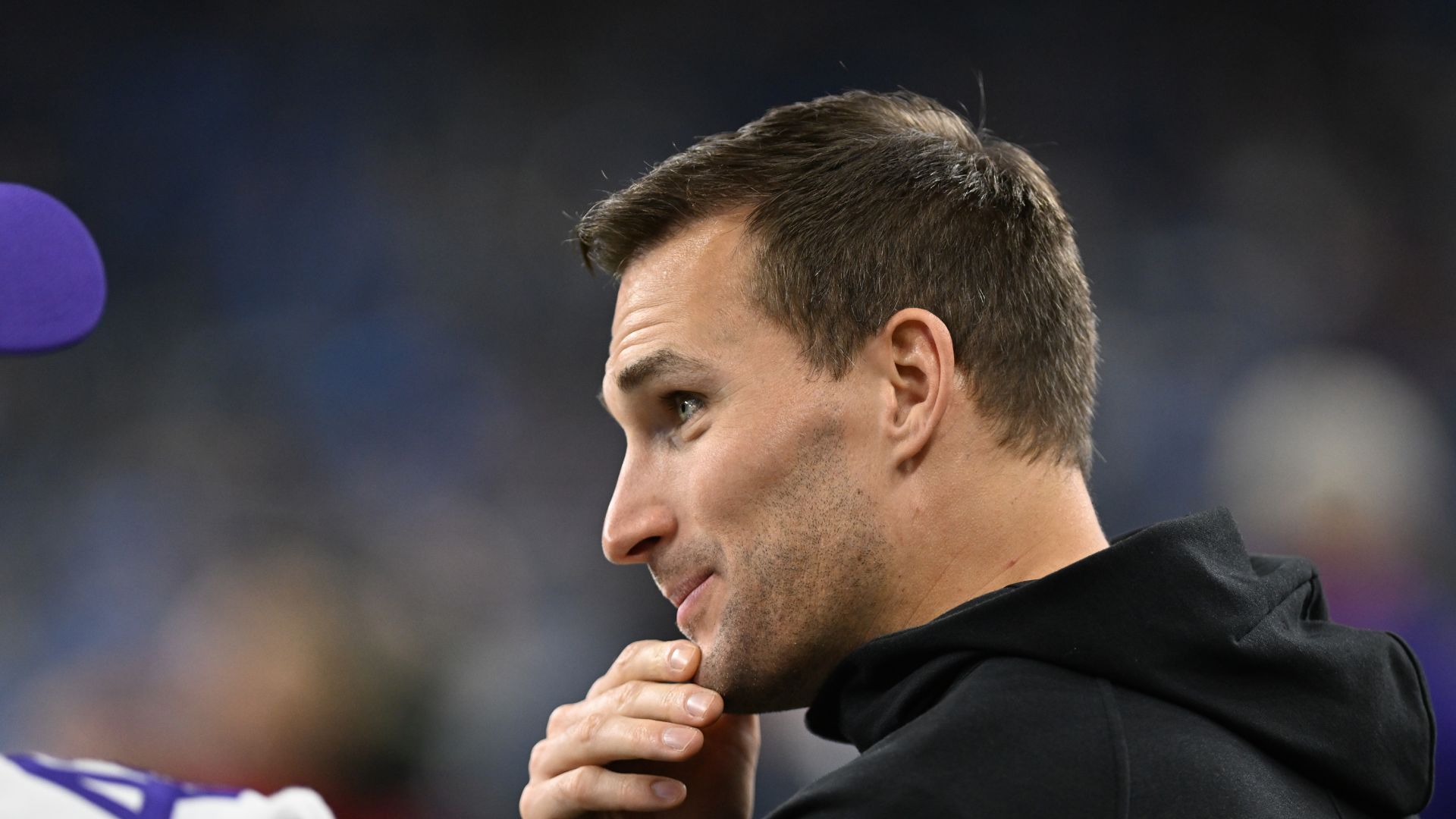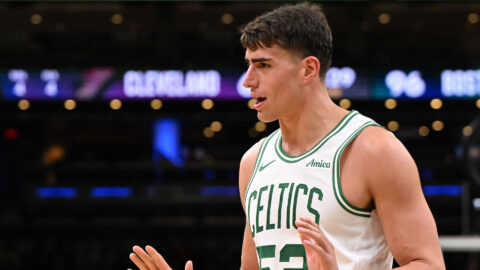FOXBORO, Mass. — As soon as defensive lineman Damione Lewis got word of the Patriots' interest in his services this offseason, he picked up the phone and called some friends and former teammates for advice.
He had one question: How difficult is the transition from a 4-3 to 3-4 defense?
Responsibilities differ greatly for defensive linemen when they make the switch, and Bill Belichick's 3-4 system is considered one of the most difficult to learn. Speaking generally, defensive linemen in a four-man front typically aim to shoot through the gaps in the offensive line to disrupt the quarterback or running back. It's fairly cut and dry — pin your ears back and raise hell.
"From what I’m seeing right now [in New England], it’s a little slower than the 4-3 because my whole career, I’ve just been an up-the-field, penetrating guy," said Lewis, who spent the last four seasons in Carolina. "In the 4-3, I had one solo job, and that’s to penetrate and be disruptive. It didn’t matter if you made a tackle the whole game, but as long as you penetrate and made the ball bounce, then you did your job. This is totally different from that. That’s what makes it fun and makes it exciting."
Linemen in Belichick's three-man front are responsible for opening up plays for the linebackers. New England's defensive linemen usually square up nose-to-nose with the opposition's offensive linemen and are told to control two gaps — the open space to the offensive lineman's left and right side.
While they're in a 3-4 set, the Patriots' defensive linemen are mostly asked to stay home, read the offensive line and any activity in the offensive backfield. It's a matter of keeping good leverage, and excellent handwork cannot be overlooked. They can't afford to get forced toward the wrong gap, or the play could wind up disastrous.
For instance, Vince Wilfork was tossed around a split-second before Ray Rice broke free for an 83-yard touchdown run on the opening play of the Patriots' 33-14 playoff loss to Baltimore. Wilfork had a tremendously productive 2009 season, but he missed three consecutive games, and his timing might have been off when he returned for the postseason, showing the effects of one error.
Wilfork was asked what would be Lewis' biggest adjustment while making the transition to New England's scheme.
"Two-gap," Wilfork said before busting out in laughter. "That’s all of our challenges. That’s a big challenge, but I think a guy like that will do everything in his willpower to be here and be effective. He’ll see that two-gapping is new. For guys who have been here a while, when you start back up, you get away from it a little bit. It’s nothing to be concerned about because we’re all going to be starting with the same thing, but I think it’s going to take a little bit more for him because his style of play is a little different from ours. But he’ll get it together."
It's not just on Lewis, though. The Patriots also added veteran Gerard Warren and drafted defensive linemen Brandon Deaderick and Kade Weston. And it will be the second year in the system for 2009 draftees Myron Pryor and Ron Brace, the latter of which struggled so much with the adjustment last season that he barely saw the field. Veterans such as Wilfork, Ty Warren and Mike Wright have established themselves within the system over the last several years, and they're heavily counted upon with this learning process.
"A lot of these guys come in, and it's a completely different defense where you've got to read offensive linemen as opposed to just getting off in a gap," Wright said. "It's a lot of reading, a lot of patience and a lot going on."
In a loose translation, New England's defensive linemen are like cornerbacks because they've got coverage assignments, and they're forced to read, react and not allow anyone to take over their zone. While most 4-3 systems are purely about physicality — see ball, chase ball, get ball — New England's 3-4 forces its linemen to combine their physical skills with smarts and instincts.
The process can't be mastered overnight or in one season, although few, if any, schemes can be perfected in one calendar year. It's all about the drive and determination of each player, as well as the coaching staff's ability to efficiently communicate their instructions.
"Obviously, learning the defense is very hard," Pryor said. "Learning what your responsibility is, responding to the play, that’s something that I want to get better at."
The evolution of New England's defensive line will play a major role in the team's success in 2010. The 2009 trade of Richard Seymour left a gaping hole in the Patriots' starting unit, and reserve Jarvis Green departed in free agency this offseason.
The new arrivals have been already working out at the facility with defensive line coach Pepper Johnson, trying to take a crash course in the technique they'll need to thrive in New England. It's just one early step in the process, four months before the regular season.
"It's coming along pretty well," Gerard Warren said. "But once things get to moving full speed, that will be the real test for how I'm picking it up."



